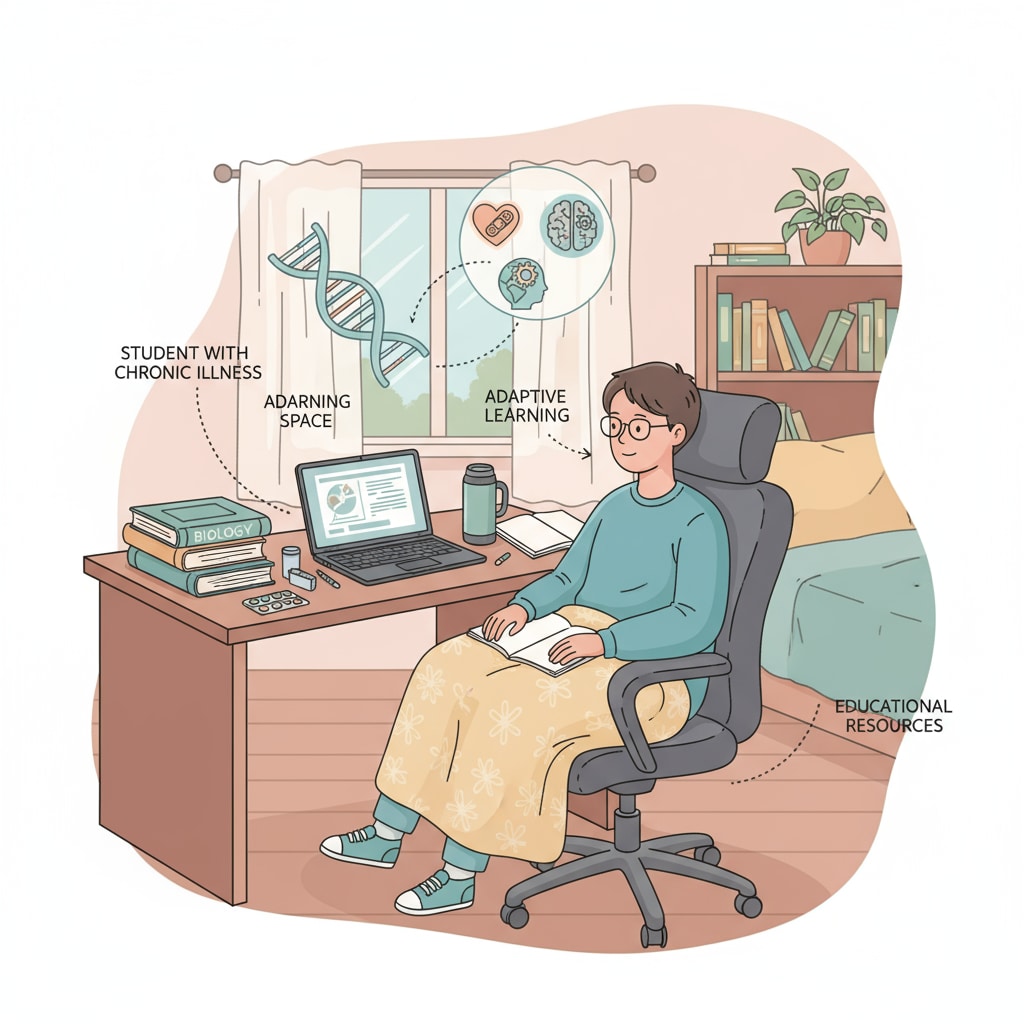Chronic diseases, high school graduation, and GED are significant topics when considering the educational journey of adolescents. For teenagers coping with chronic health issues, completing high school can be an uphill battle. These students often face a variety of challenges that can derail their educational progress.

The Struggles of Chronically Ill Adolescents in High School
Adolescents dealing with chronic diseases encounter multiple difficulties. For example, frequent hospital visits and long recovery periods can cause extended absences from school. This disruption makes it hard for them to keep up with the curriculum. Moreover, the physical and mental toll of the illness can affect their concentration and energy levels in the classroom. As a result, many find it challenging to meet the academic requirements for high school graduation. According to the Centers for Disease Control and Prevention, chronic conditions among teenagers are on the rise, exacerbating this educational issue.

The Role of GED in Offering an Alternative Path
The General Educational Development (GED) test can be a game-changer for these students. It provides an alternative way to earn a high school equivalency diploma. For those who can’t complete traditional high school due to their health, the GED offers a flexible option. They can study at their own pace, often from home. This allows them to manage their health needs while working towards an educational achievement. The official GED website provides detailed information on how students can prepare and take the test.
Another advantage of the GED is that it assesses a student’s knowledge in key subject areas such as math, science, social studies, and language arts. This means that students can focus on mastering these skills without the pressure of a full high school course load. In addition to GED, there are other educational alternatives available. Special education plans can be tailored to meet the specific needs of chronically ill students. These plans may include accommodations like extra time for assignments or modified curriculum. Remote learning has also become a popular option, enabling students to attend classes from the comfort of their homes. By exploring these various paths, we can help adolescents with chronic diseases overcome their educational barriers and move forward towards a brighter future. Readability guidance: We’ve used short paragraphs to make the information easier to digest. Each H2 section has a clear focus, and we’ve incorporated external links to reliable sources for further reading. Transition words like ‘for example’, ‘moreover’, ‘as a result’, and ‘in addition’ have been used to enhance the flow of the text.


